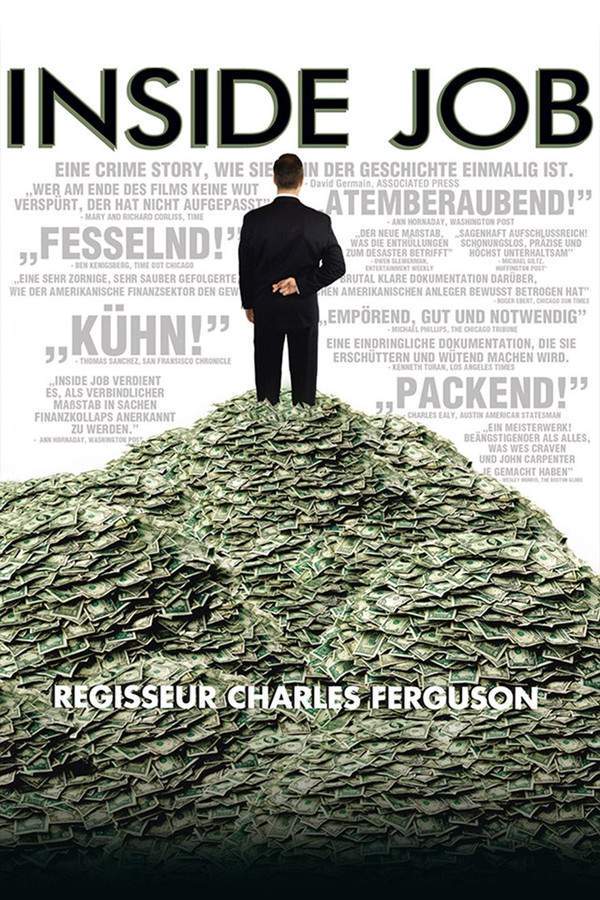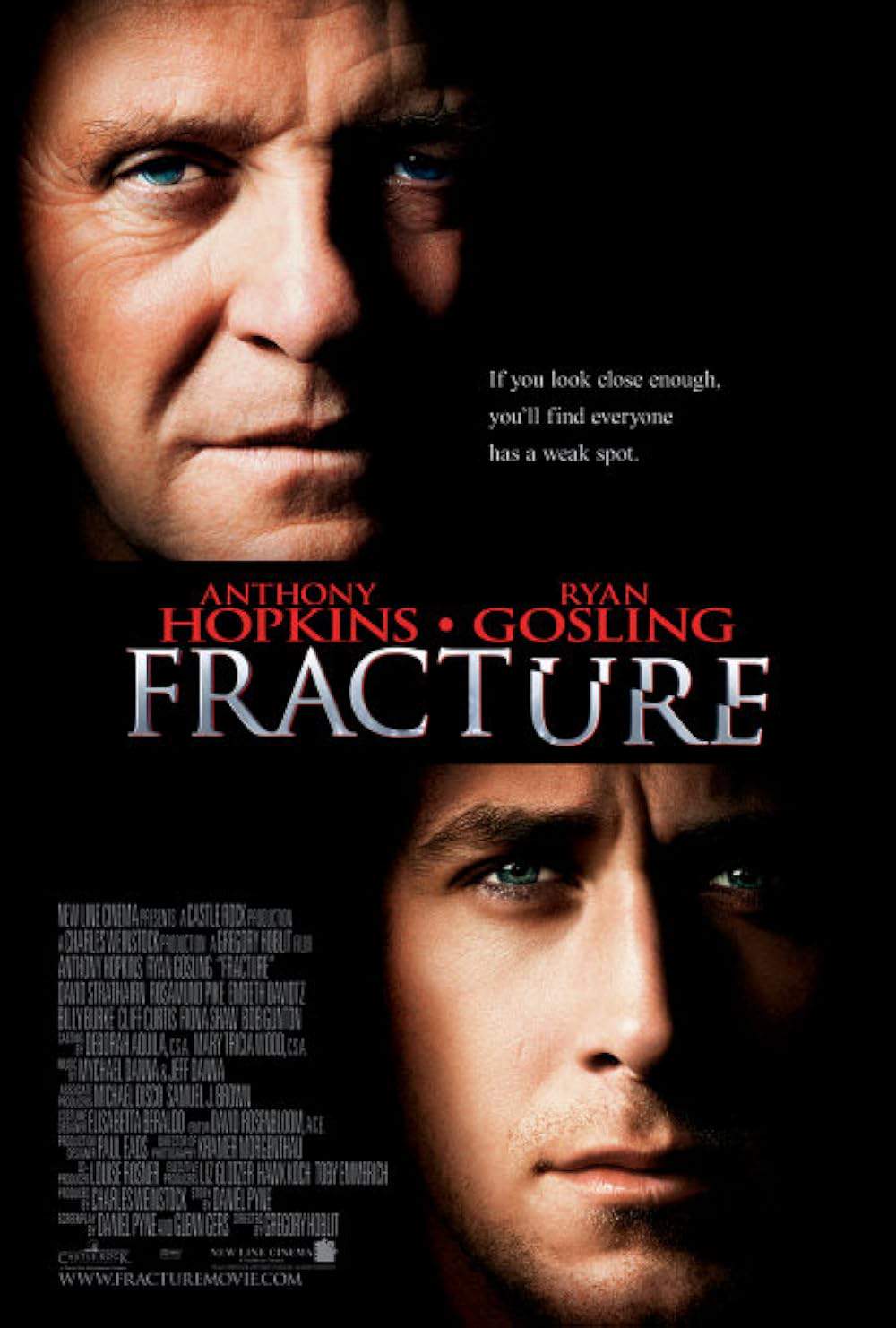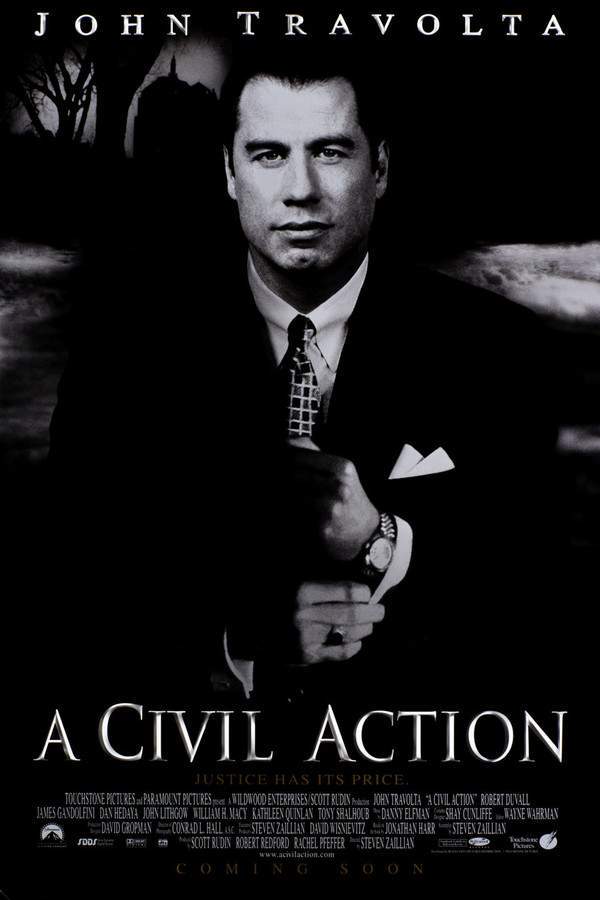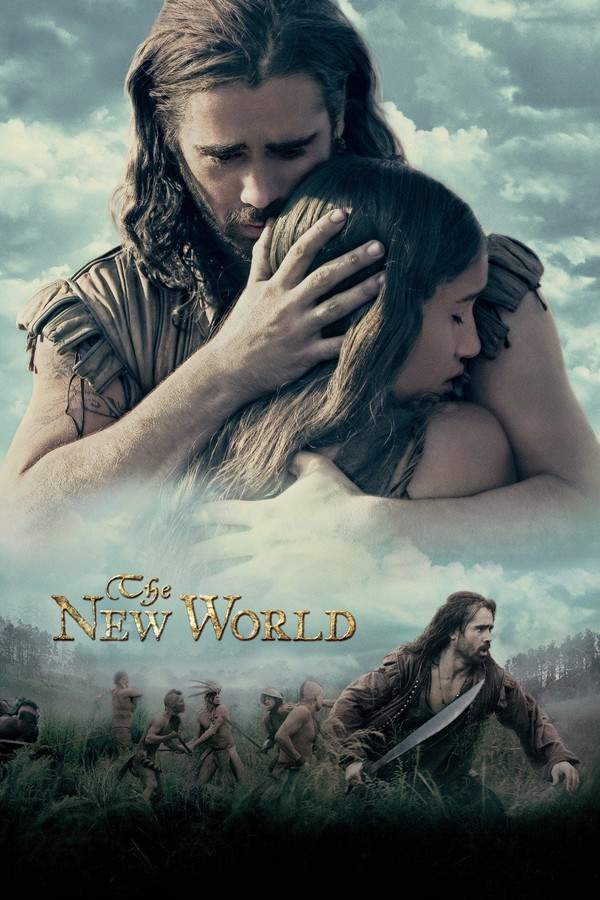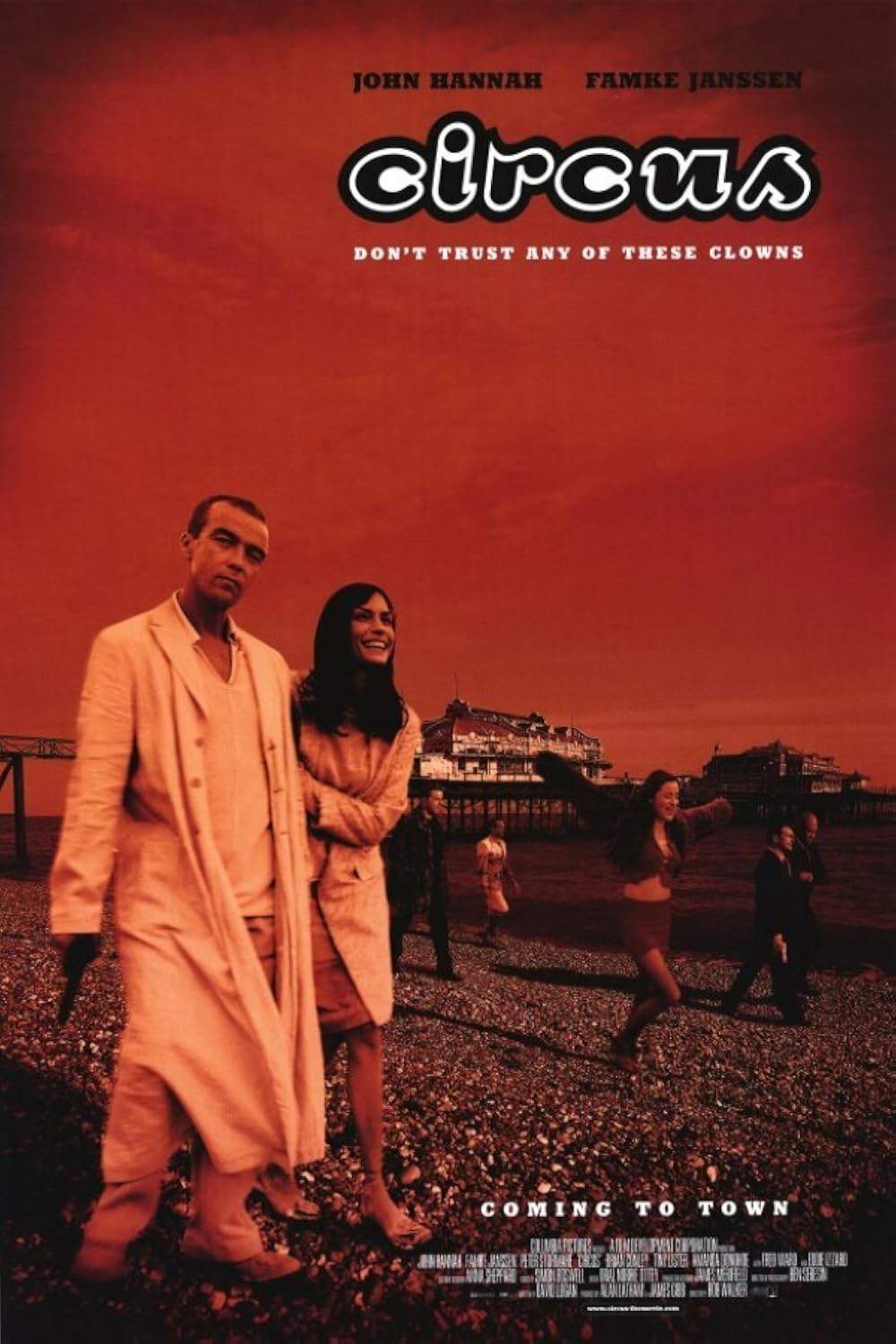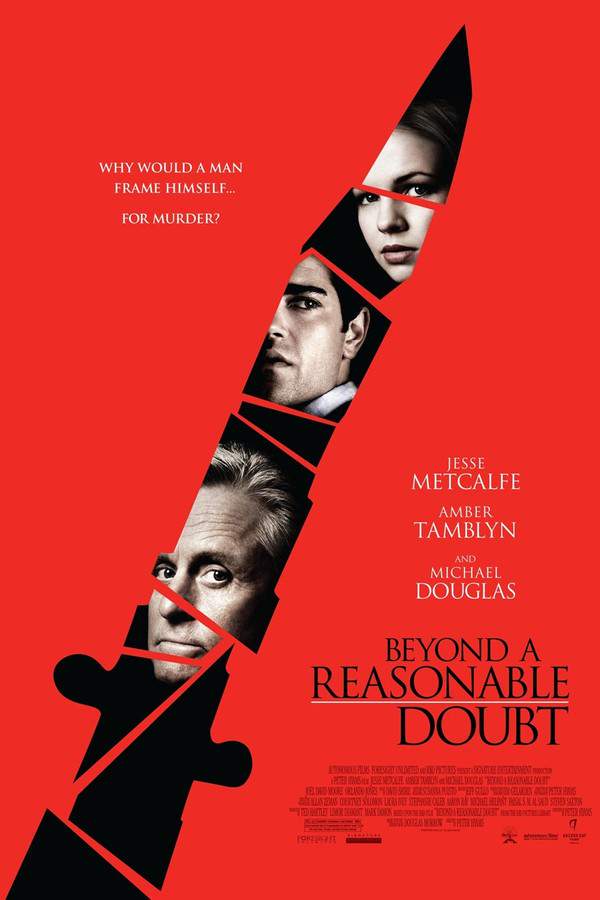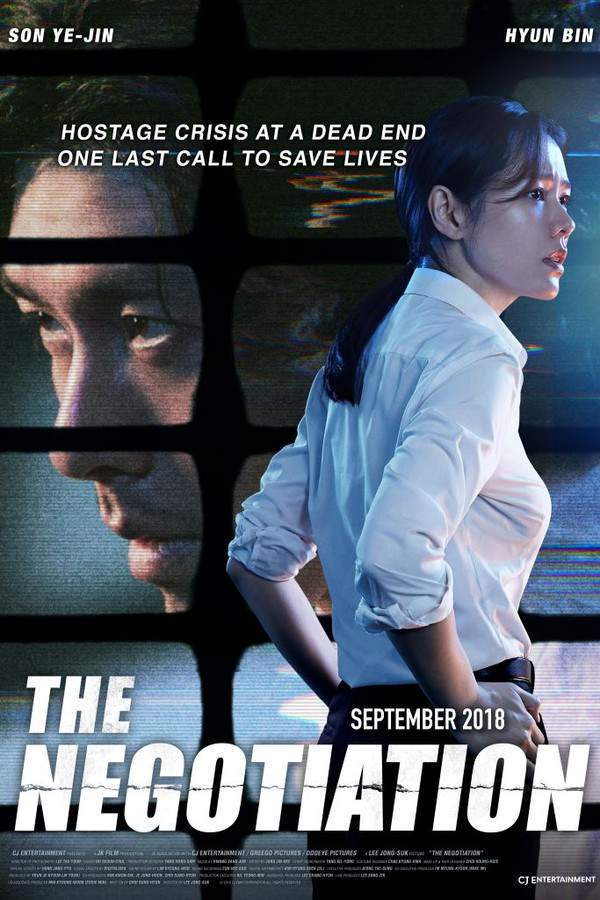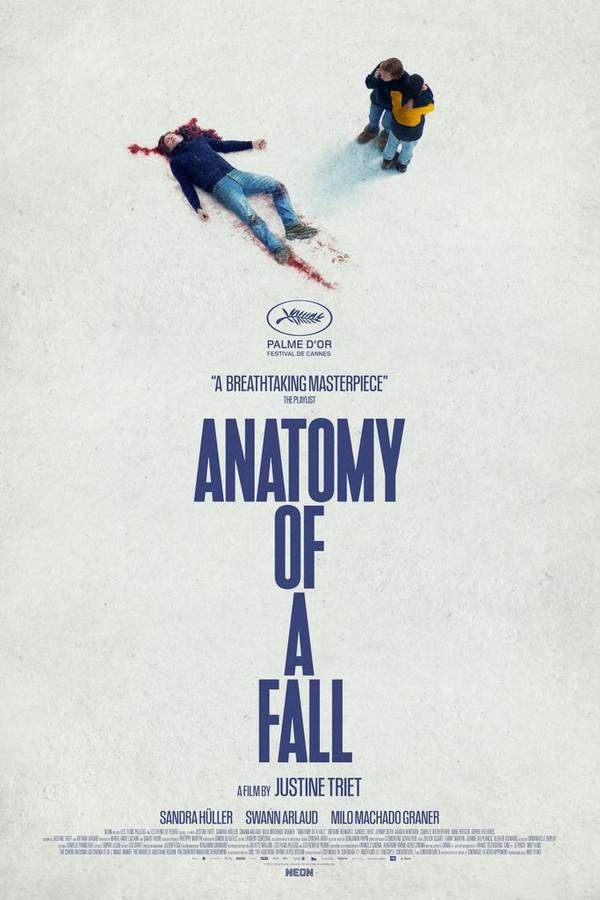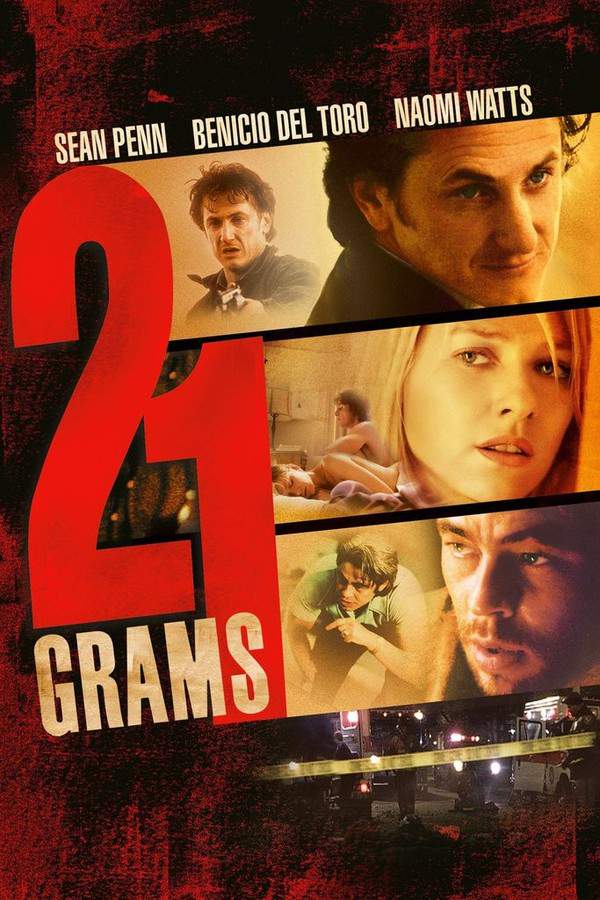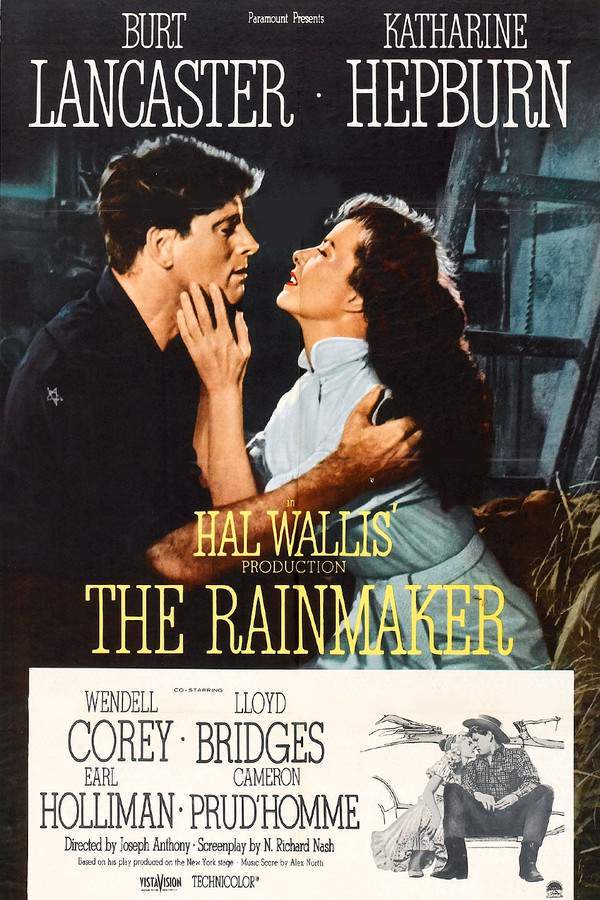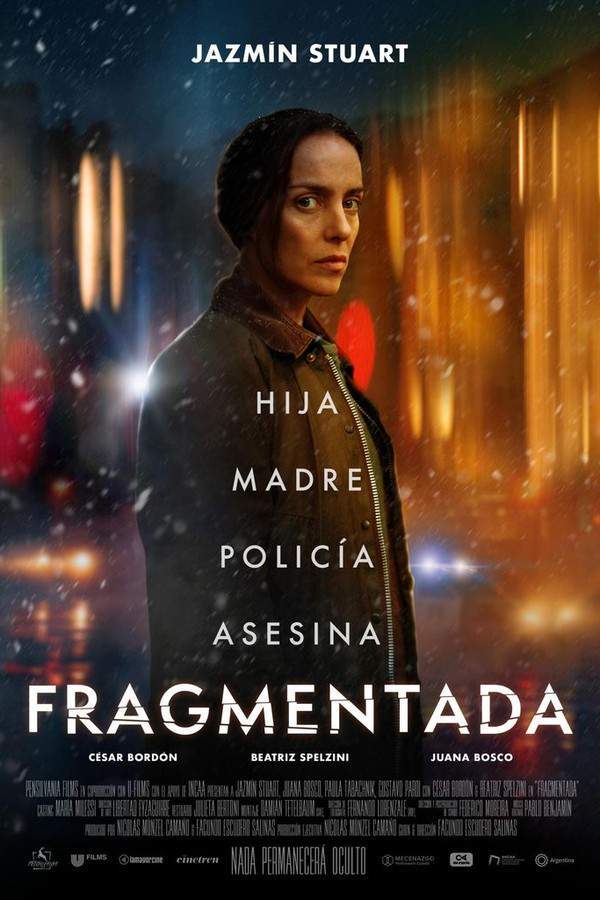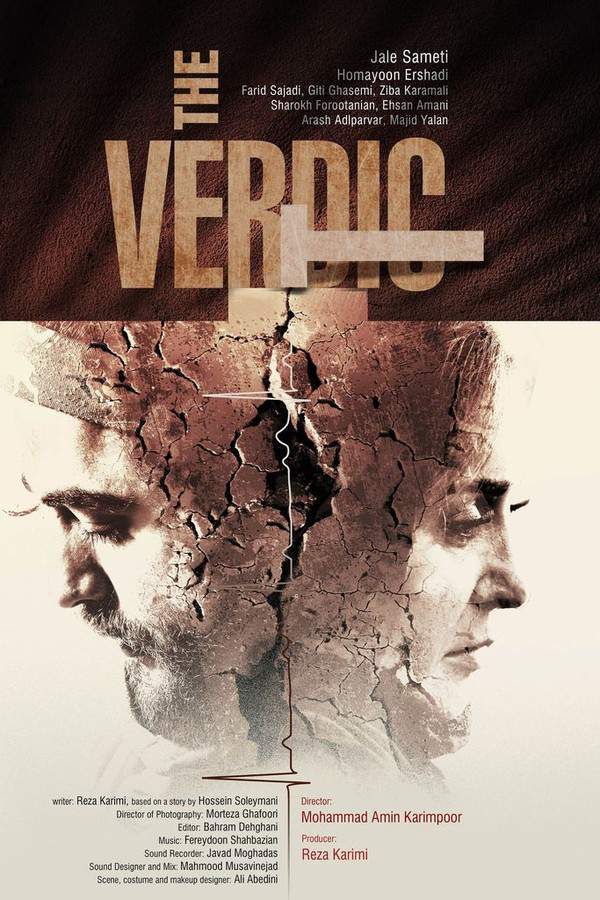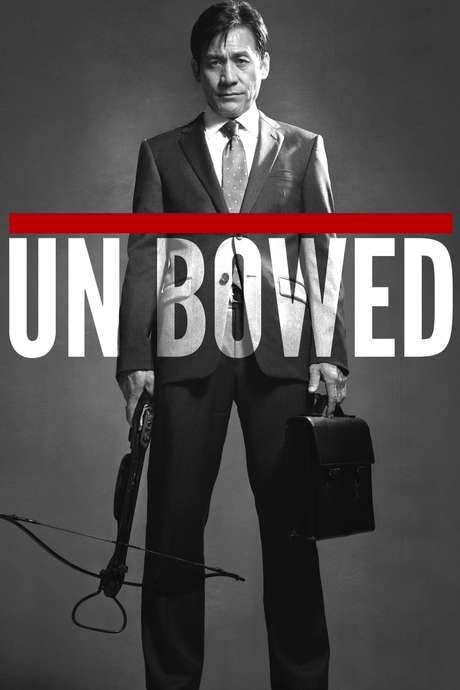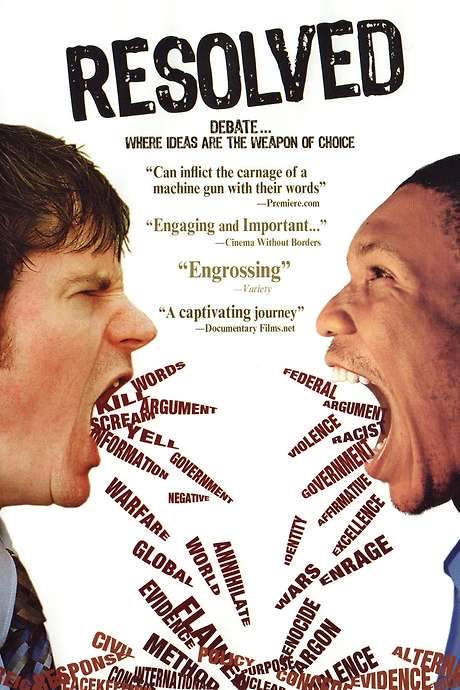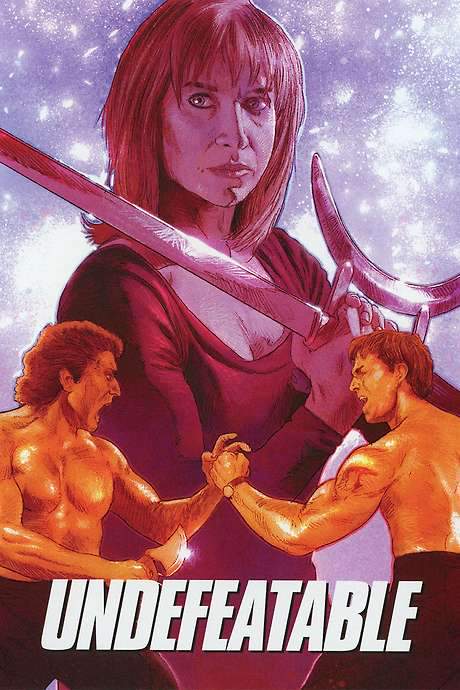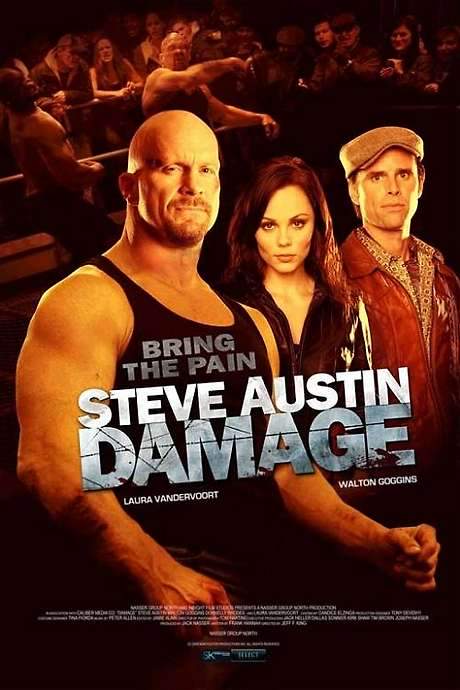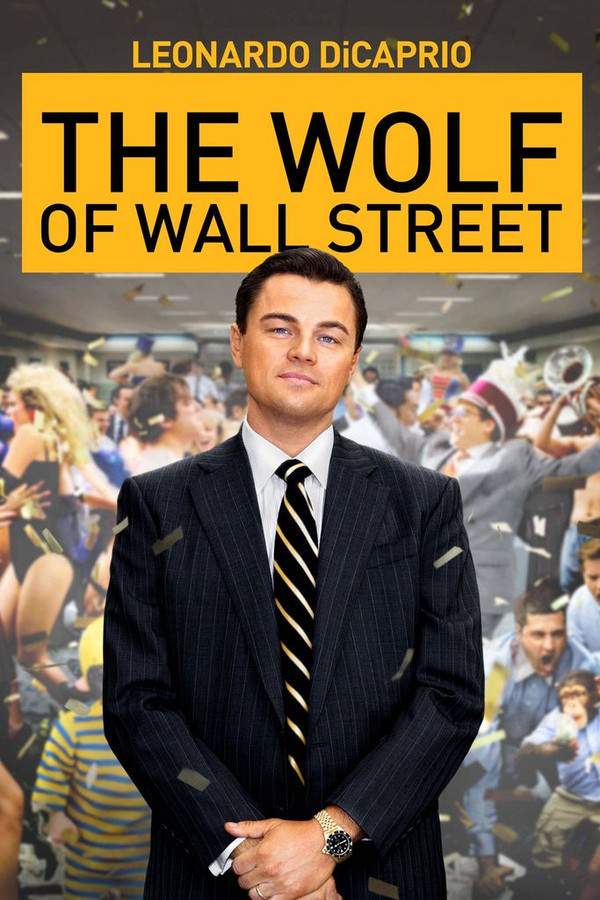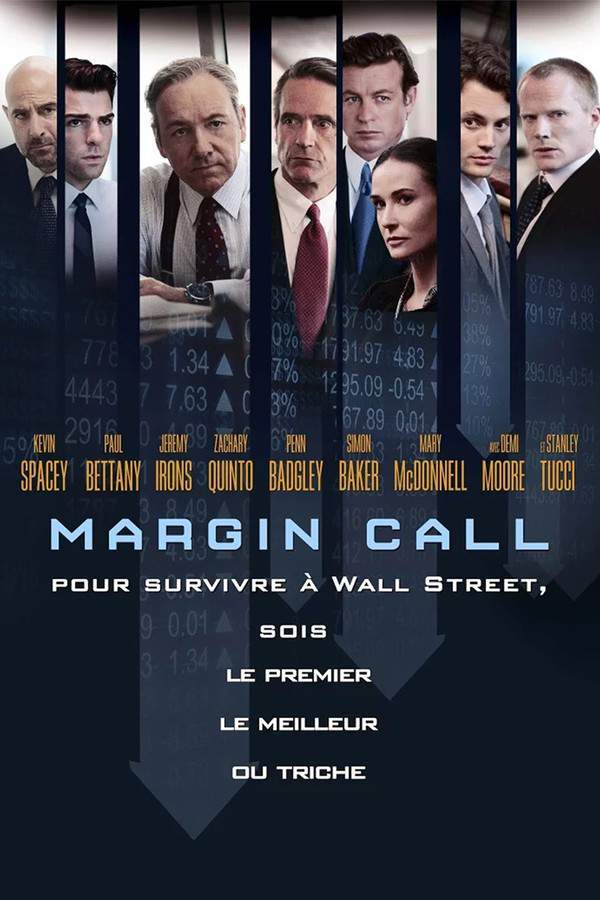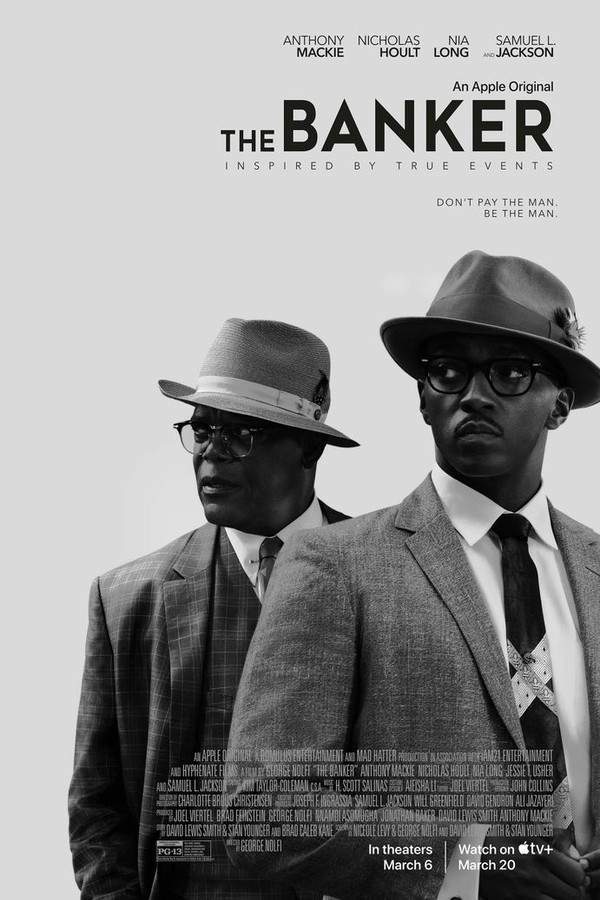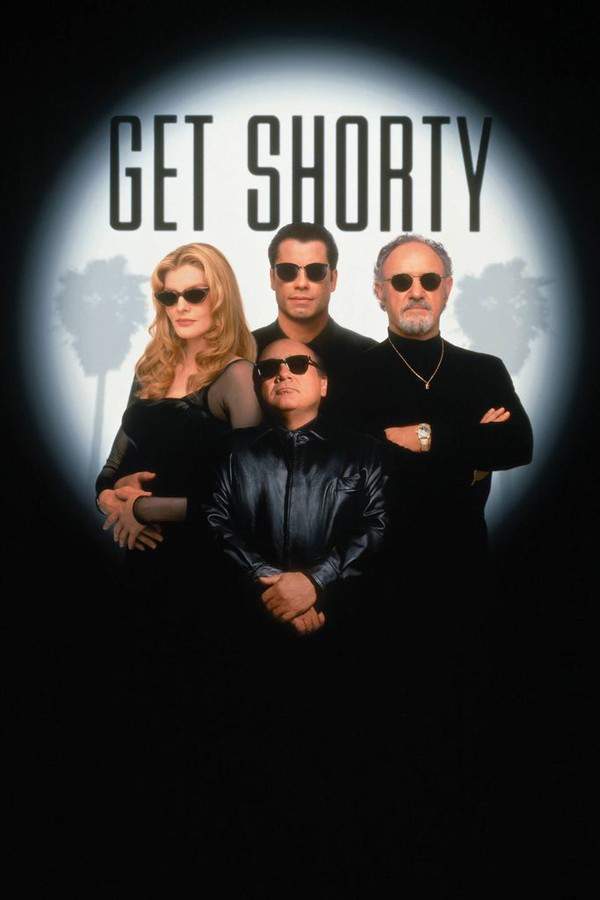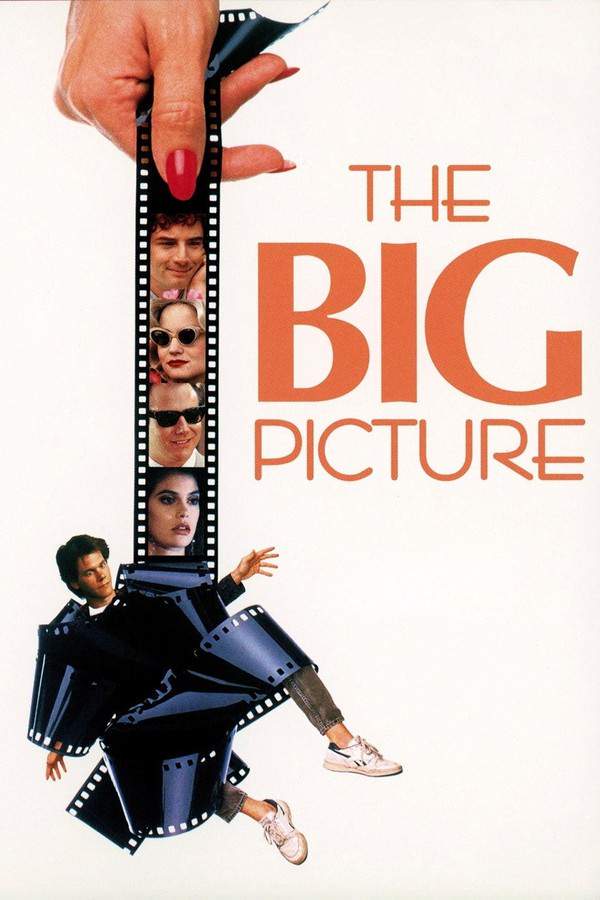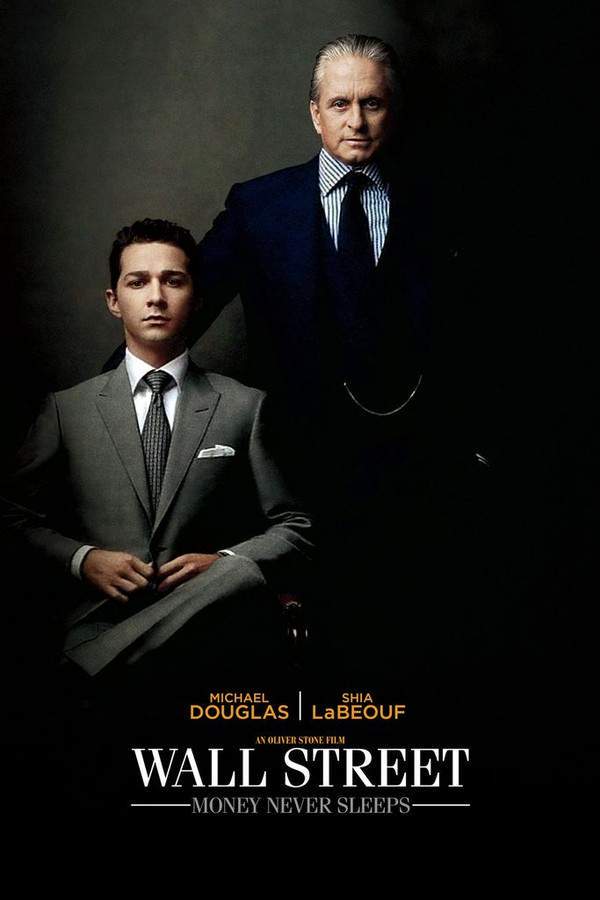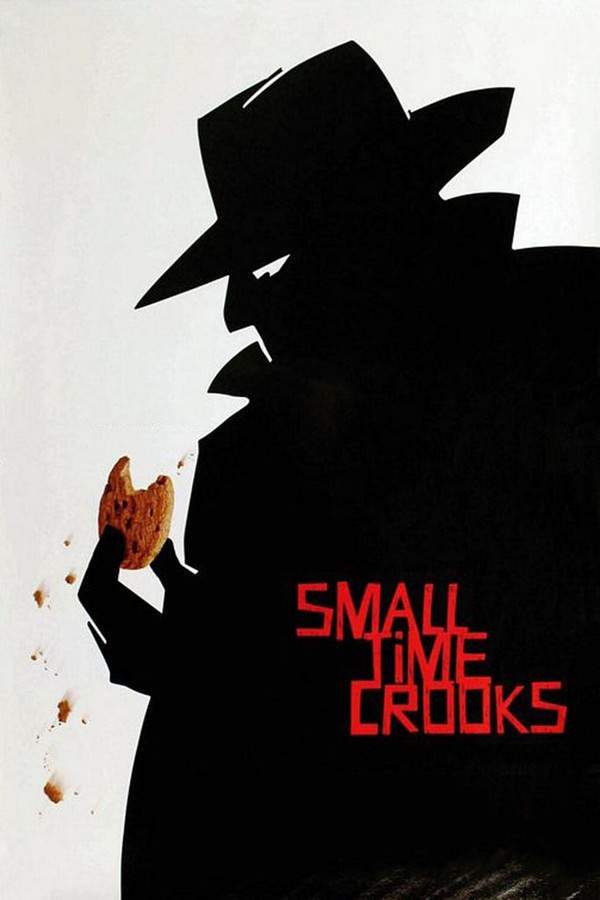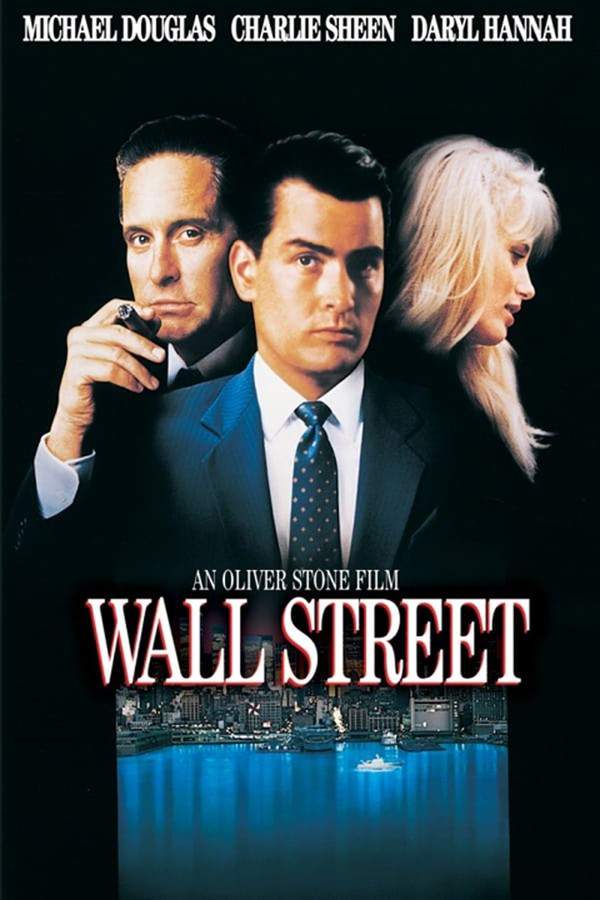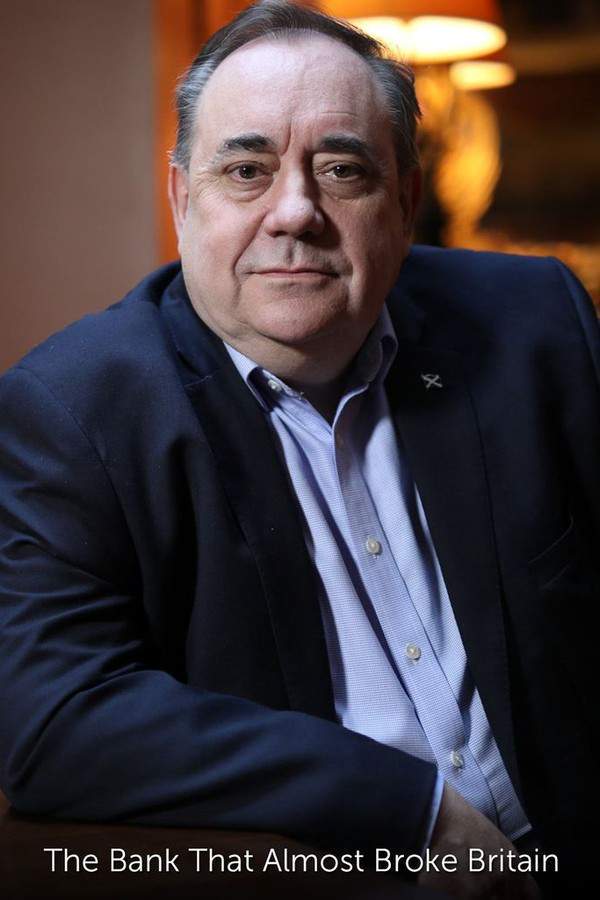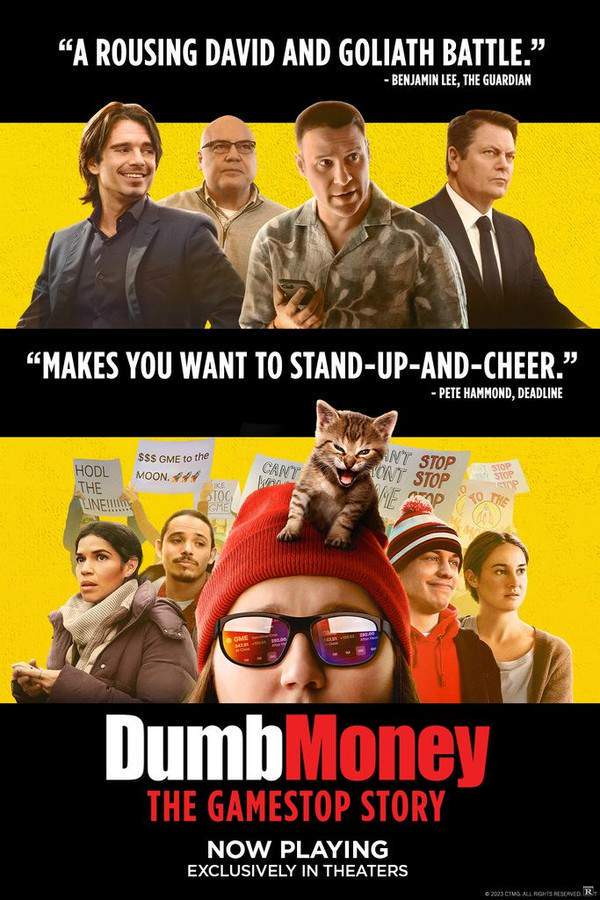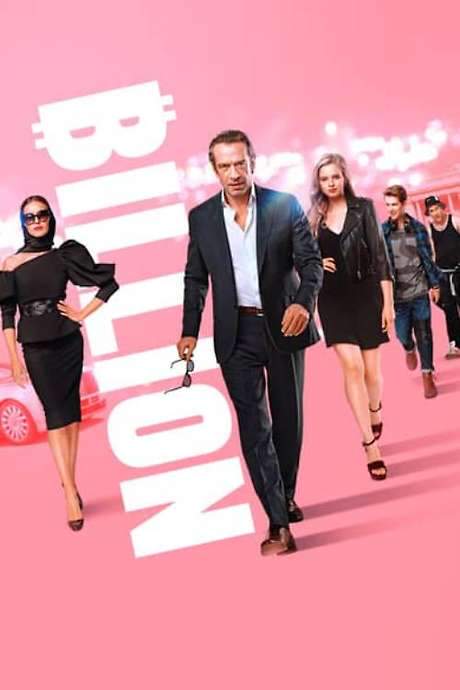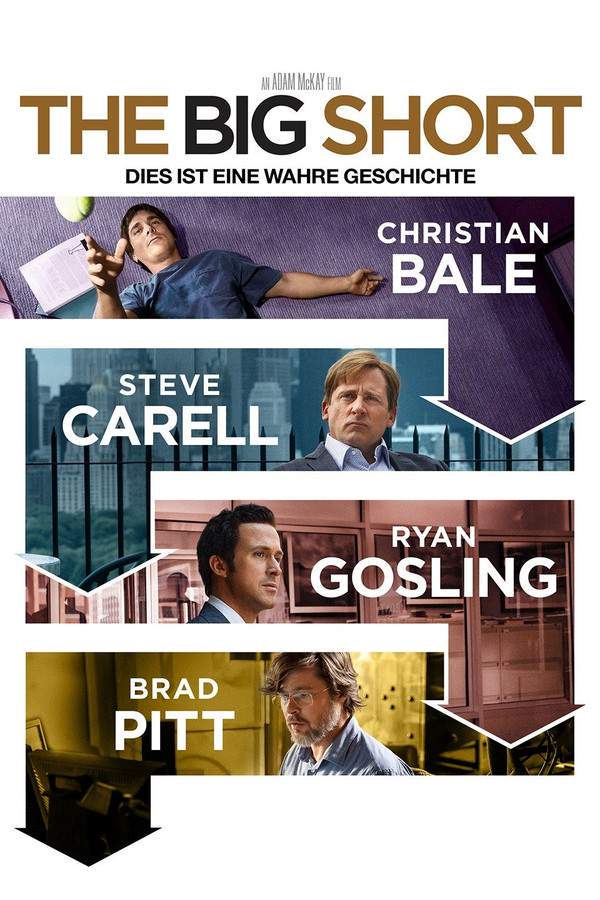
The Big Short
Year: 2015
Runtime: 130 min
Language: English
Director: Adam McKay
Budget: $28M
When the housing market shows signs of instability, eccentric investor Michael Burry recognizes the impending crisis and makes a risky bet against it. His unusual prediction draws the interest of a resourceful banker and a wary hedge-fund manager. Together, they team up to profit from the looming economic downfall, navigating the complexities of the financial world and ultimately capitalizing on the ensuing collapse.
Warning: spoilers below!
Haven’t seen The Big Short yet? This summary contains major spoilers. Bookmark the page, watch the movie, and come back for the full breakdown. If you're ready, scroll on and relive the story!
The Big Short (2015) – Full Plot Summary & Ending Explained
Read the complete plot breakdown of The Big Short (2015), including all key story events, major twists, and the ending explained in detail. Discover what really happened—and what it all means.
Jared Vennett, played by Ryan Gosling, introduces us to the dull world of banking; however, it was turned upside down when Lewis Ranieri (Rudy Eisenzopf) devised a revolutionary strategy involving mortgage-backed securities that promised higher profits with lower risks, banking on everyone diligently paying their mortgages. This seemingly brilliant arrangement was a ticking time bomb, culminating in the devastating global financial crisis of 2008. Vennett notes that only a small group foresaw the impending disaster.
The narrative shifts to hedge fund manager Michael Burry, portrayed by Christian Bale, who is seen conducting an interview with a young analyst in his office. During the discussion, Burry shares his personal struggle, revealing that his wife instructed him to “share more.” He also candidly talks about how he lost an eye due to an illness during his childhood, recalling an embarrassing moment from a childhood football game. Persistent in analyzing market trends, Burry rants about how the tech bubble burst in 2001 while the housing market surged. Without hesitation, he hires the analyst on the spot, tasking him to compile a list of the top 20 selling mortgage bonds.
Next, we are taken to a group therapy session where Mark Baum, beautifully depicted by Steve Carell, interrupts to voice his grievances regarding an unfair retail banking encounter he just had, spotlighting the toxic policies that benefit the rich at the expense of working-class individuals. His outrage is rooted in tragic personal loss—his brother took his own life after failing to cope with the financial repercussions of the banking system. Following a heated call with his wife, Cynthia, who suggests he should consider quitting his job, Baum reluctantly takes a cab to meet with associates.
As Burry conducts his detailed market research, he discovers the unsettling reality that the housing market is propped up by subprime loans, which yield diminishing returns. He quickly formulates a plan to bet against the housing market, creating a credit default swap market to profit from its eventual collapse. Vennett, still guiding the audience through the intricacies of financial jargon, directs us to a lady, played by Margot Robbie, who while indulging in a bubble bath, casually explains that “subprime” is just a euphemism for “shit.” This tidbit reinforces the unscrupulous methods banks utilized to inflate the mortgage market. Despite the concerns of his boss, Lawrence Fields, played by Tracy Letts, who fears the repercussions for their business, Burry remains steadfast in his plan.
Vennett discovers Burry’s strategies and arranges a meeting with Baum and his investor team—Danny Moses (Rafe Spall), Porter Collins (Hamish Linklater), and Vinnie Daniel (Jeremy Strong). He pitches the idea of the credit default swap, expounding on the concept of CDOs (Collateralized Debt Obligations), using an amusing analogy with chef Anthony Bourdain, likening it to concocting a seafood stew from unsold fish. Intrigued by Vennett’s sales pitch, Baum’s group starts weighing the gravity of his words.
Emerging young investors Charlie Geller, portrayed by John Magaro, and Jamie Shipley (Finn Wittrock) find themselves unable to gain traction with JP Morgan Chase due to a missing ISDA agreement. Disheartened yet still determined, they stumble across Vennett’s presentation detailing the housing market’s evident bubble. Realizing the gravity of the situation, they enlist the help of retired trader Ben Rickert, played by Brad Pitt, recognizing their inexperience in executing such complex trades.
Moses and Collins venture into neighborhoods struck by foreclosures and witness the heartbreak of renters apprehensive about eviction. They explore a vacant house adorned with overdue notices and even encounter an alligator in a pool, highlighting the absurd fallout from the financial debacle. Meanwhile, Fields, confronting Burry, expresses skepticism about the success of his unorthodox bets, uncertain of their fate amidst increasing investor pressure.
As Baum and his team continue to probe deeper into the housing crisis, they meet with various real estate professionals, including agents, brokers, and even a stripper, piecing together the murky world of subprime loans. By early 2007, mortgage delinquencies reach alarming levels, escalating Baum’s conviction. Even as risk assessors pressure his team to abandon their swaps, Baum tells them off with a bold refusal.
Backed into a corner, Vennett urges Baum’s team to withdraw from their schemes, coinciding with Geller’s advice to Shipley. Their distress echoes throughout both groups as they descend upon Las Vegas for the American Securitization Forum. There, Baum confronts industry leaders about their deceptive practices, while Shipley pursues a connection with Evie (Karen Gillan), an SEC employee, to probe the agency’s oversight on mortgage bonds, to no avail.
Burry grows increasingly despondent, realizing that the bonds remain stable despite the impending turmoil. Geller, Shipley, and Rickert decide to short AA tranches, making risky deals with bankers. As they celebrate their victories, Rickert serves a painful reminder of the consequences looming over the economy. In a chance encounter, Baum learns about the creation of synthetic CDOs—a perplexing series of escalating bets on failing loans, prompting further introspection about the impending collapse.
By April 2007, foreboding shadows loom as all parties brace for the inevitable fallout. While Geller and Shipley attempt to alert the media about the crisis, their warnings go unheard. Baum’s determination is tested as external forces thwart their investment endeavors.
As predicted, the financial system crashes by the end of 2008, leaving those who bet against it unexpectedly profitable, yet morally conflicted. Banks buckle under the pressure, leading Burry to take a step back, witnessing career shifts among his analysts, while a previous visitor to a foreclosed property now finds himself living in a van. Baum’s revelation about a bailout affirms Vennett’s insights about corporate greed scapegoating various groups.
Concluding with poignant statistics, we learn that the collapse wiped out five trillion dollars of wealth, yielded 8 million job losses, and 6 million foreclosures in the U.S. Reflecting on the aftermath, Mark Baum refrains from uttering the phrase “I told you so,” while Geller and Shipley face disdain during attempts to confront ratings agencies. Meanwhile, Rickert finds solace on his orchard, and Burry, now focused on less conventional investments—water—remains unnoticed as he reaches out to the government for recognition of his foresight. Fast forward to 2015, and we see banks repeating their mistakes, selling billions in CDOs once more, embodying a cycle of misplaced corporate greed.
Last Updated: November 08, 2024 at 01:21
Ending Explained – What Happens at the End of The Big Short?
Still wondering what the ending of The Big Short (2015) really means? Here’s a spoiler-heavy breakdown of the final scene, major twists, and the deeper themes that shape the film’s conclusion.
The film’s ending reveals that, despite the successful bets made by the main characters, there is a sobering reality behind their profits. While characters like Michael Burry and Mark Baum profit from the collapse of the housing market through their short positions and credit default swaps, the movie underscores that this victory comes at a terrible cost to ordinary people. As the scenes shift to real images of those affected—losing their homes, jobs, and savings—the film reminds viewers that the financial crisis was not just a story of greed and fraud, but a human tragedy. The characters’ victories are tainted by the understanding that their success was built on the suffering of others.
In the epilogue, it is shown that many of the investors involved in predicting the crisis, such as Baum and Burry, go on to lead relatively quieter lives—Baum becoming more compassionate, Burry closing and later reopening his hedge fund amidst ongoing scrutiny. Meanwhile, a stark fact is presented: although many individuals and institutions were aware of the misconduct, only one person, Kareem Serageldin, faced jail time for his role. This highlights how systemic corruption allowed most offenders to escape punishment, often paying settlements rather than serving jail terms.
Ultimately, the movie leaves us with a warning—little has been done to prevent another economic collapse. By showing the continuation of high-risk practices, like the sale of “bespoke tranche opportunities”—similar to the CDOs of the past—it suggests that history is repeating itself, with the same reckless behaviors lurking just beneath the surface. The ending isn’t just a reflection on the past crisis; it’s a stark warning that the cycle of greed and negligence may well continue, risking future catastrophes while most of society bears the costs. The victory of a few individuals is bittersweet, serving as a reminder that profitability for some often comes at the expense of many others.
Last Updated: June 25, 2025 at 08:58
Explore Movie Threads
Discover curated groups of movies connected by mood, themes, and story style. Browse collections built around emotion, atmosphere, and narrative focus to easily find films that match what you feel like watching right now.
Movies that expose complex systems like The Big Short
Films that dive deep into complex systems to reveal the rot at the core.If you liked how The Big Short broke down the housing crisis, you'll appreciate these films that dissect complex systems. This collection includes movies like Margin Call and Spotlight, where characters uncover systemic corruption and navigate the tense fallout, perfect for fans of intelligent, high-stakes dramas.
Narrative Summary
Stories in this thread typically involve a character or group discovering a critical vulnerability or act of fraud within a large, seemingly stable system. Their journey is one of investigation and validation, often against disbelief from the establishment, leading to a climax where the truth emerges with significant consequences.
Why These Movies?
These films are grouped by their shared focus on explaining complex, real-world systems to the audience, combined with a tense, investigative narrative and a tone of moral outrage. They deliver a gripping experience that is both intellectually stimulating and emotionally charged.
Movies with bittersweet victories like The Big Short
Stories where being proven right comes with a heavy moral price.Find more films with morally complex endings like The Big Short. These movies feature characters who succeed in their goals but are left with guilt or disillusionment. If you appreciated the poignant ending where financial gain was overshadowed by human cost, explore these similar dramatic journeys.
Narrative Summary
The narrative pattern follows characters who pursue a goal based on a correct but grim prediction or principle. They ultimately succeed, but their triumph is hollow, as they are forced to confront the devastating real-world consequences of being right, leading to a finale filled with moral ambiguity rather than celebration.
Why These Movies?
Movies in this thread share a specific emotional arc: the blend of intellectual victory with profound moral discomfort. They resonate because they explore the complex aftermath of success, creating a powerful, thought-provoking, and bittersweet viewing experience.
Unlock the Full Story of The Big Short
Don't stop at just watching — explore The Big Short in full detail. From the complete plot summary and scene-by-scene timeline to character breakdowns, thematic analysis, and a deep dive into the ending — every page helps you truly understand what The Big Short is all about. Plus, discover what's next after the movie.
The Big Short Timeline
Track the full timeline of The Big Short with every major event arranged chronologically. Perfect for decoding non-linear storytelling, flashbacks, or parallel narratives with a clear scene-by-scene breakdown.

Characters, Settings & Themes in The Big Short
Discover the characters, locations, and core themes that shape The Big Short. Get insights into symbolic elements, setting significance, and deeper narrative meaning — ideal for thematic analysis and movie breakdowns.

The Big Short Ending Explained
What really happened at the end of The Big Short? This detailed ending explained page breaks down final scenes, hidden clues, and alternate interpretations with expert analysis and viewer theories.

The Big Short Spoiler-Free Summary
Get a quick, spoiler-free overview of The Big Short that covers the main plot points and key details without revealing any major twists or spoilers. Perfect for those who want to know what to expect before diving in.

More About The Big Short
Visit What's After the Movie to explore more about The Big Short: box office results, cast and crew info, production details, post-credit scenes, and external links — all in one place for movie fans and researchers.

Similar Movies to The Big Short
Discover movies like The Big Short that share similar genres, themes, and storytelling elements. Whether you’re drawn to the atmosphere, character arcs, or plot structure, these curated recommendations will help you explore more films you’ll love.
Explore More About Movie The Big Short
The Big Short (2015) Scene-by-Scene Movie Timeline
The Big Short (2015) Movie Characters, Themes & Settings
The Big Short (2015) Ending Explained & Theories
The Big Short (2015) Spoiler-Free Summary & Key Flow
Movies Like The Big Short – Similar Titles You’ll Enjoy
Inside Job (2010) Plot Summary & Ending Explained
The Wolf of Wall Street (2013) Film Overview & Timeline
Margin Call (2011) Full Summary & Key Details
The Banker (2020) Spoiler-Packed Plot Recap
Get Shorty (1995) Ending Explained & Film Insights
The Big Picture (1989) Plot Summary & Ending Explained
Wall Street: Money Never Sleeps (2010) Complete Plot Breakdown
Small Time Crooks (2000) Story Summary & Characters
Wall Street (1987) Story Summary & Characters
The Bank (2002) Film Overview & Timeline
Dumb Money (2023) Story Summary & Characters
Billion (2019) Story Summary & Characters
The Big Swindle (2004) Full Movie Breakdown
The Big Gamble (1931) Complete Plot Breakdown
The Bank Shot (1974) Film Overview & Timeline

